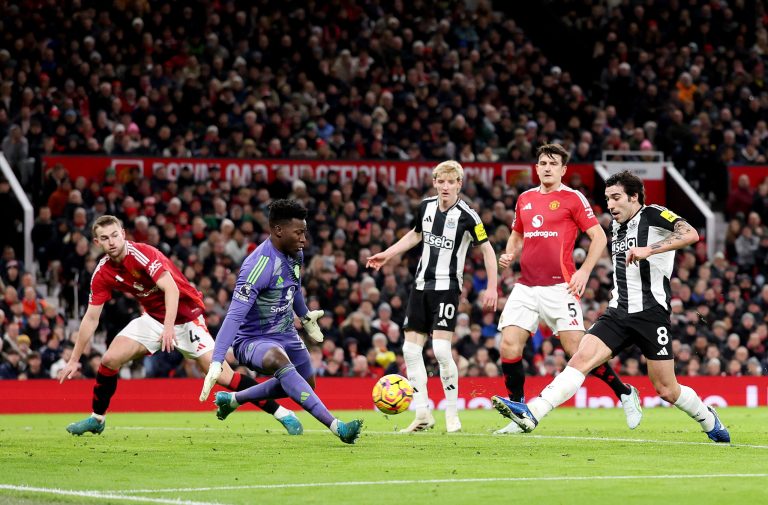FIFA is said to be testing the new offside rule proposed by Arsene Wenger. The legendary Arsenal coach still has a myriad of proposals to revolutionize football. European media are busy reporting about FIFA’s readiness to test a new offside rule labeled “Wenger Law”. The new offside rule is called the “Wenger Law” because the idea of changing this regulation came from the thoughts of Arsene Wenger, the legendary Arsenal coach nicknamed Le Professeur (The Professor).
Wenger, who currently serves as Head of FIFA Global Football Development, wants to revolutionize this eleven-on-eleven sport, one of which is by changing the offside rule. In “Wenger Law” a new player will be considered offside if his whole body is in front of the opposing team’s last defender.
Currently, subject to IFAB regulation article 11.2, an offside decision applies when any part of the body of an attacking player is closer to the goal than the ball and the last defender. Wenger’s rules will clearly be beneficial for attacking teams. If the Wenger Law is implemented, there will no longer be any offside incidents triggered by the nose, foot or arm of an attacking player getting ahead of the last defender.
“The most serious problem people have (with VAR) is the offside rule,” Wenger said at the Laureus Sports Awards in Berlin, February 2020. “You were ruled offside by a fraction of a centimeter, literally a nose. It is time to implement this immediately,” Wenger said as quoted by The Guardian. Wenger’s revolutionary idea regarding offside will reportedly be tested in the U21 (men’s) and U19 (women’s) competitions in Italy, the Netherlands and Sweden.
Kick-ins and radical corner changes
Apart from the offside rule, Wenger actually still has other breakthroughs to give a new face to football. Wenger wants football matches to be faster and more attractive. The coach who led Arsenal to win the Premier League unbeaten in 2003-2004 wanted to eliminate throw-ins and replace them with kick-ins.
That idea was also explained by Wenger in 2020, along with suggestions regarding new offside rules. “Five minutes from the end, a throw-in should have been an advantage. However, in this situation you face 10 players on the pitch, while your team only has nine,” said Wenger. “The statistics show that in eight out of 10 throw-in situations you lose the ball. In your area of play, you should have the opportunity to take a kick-in,” Wenger explained.
Another revolutionary idea from Wenger is related to corners, aka corner kicks. The former AS Monaco tactician wants a curved corner kick that crosses the goal line and then returns to the field area not to be categorized as an “out” ball.
Wenger also wants a change in the rules on free kicks. During this time, the executor of the free kick is not allowed to touch the ball again until another player makes contact. Under Wenger’s rule, a player may take a free kick himself and then make a second touch. This means that the executor of the freekick may immediately run with the ball, just like in rugby. Wenger intended this rule to reduce the incidence of teams stalling for time when getting a free kick.
















